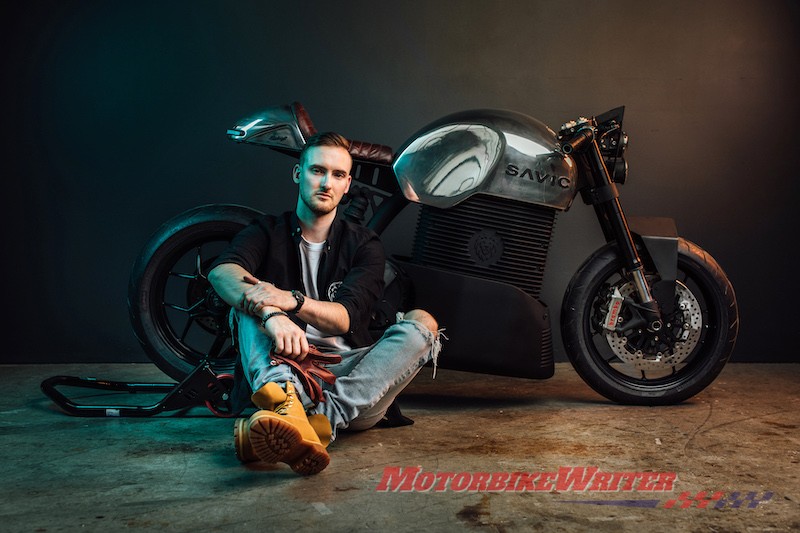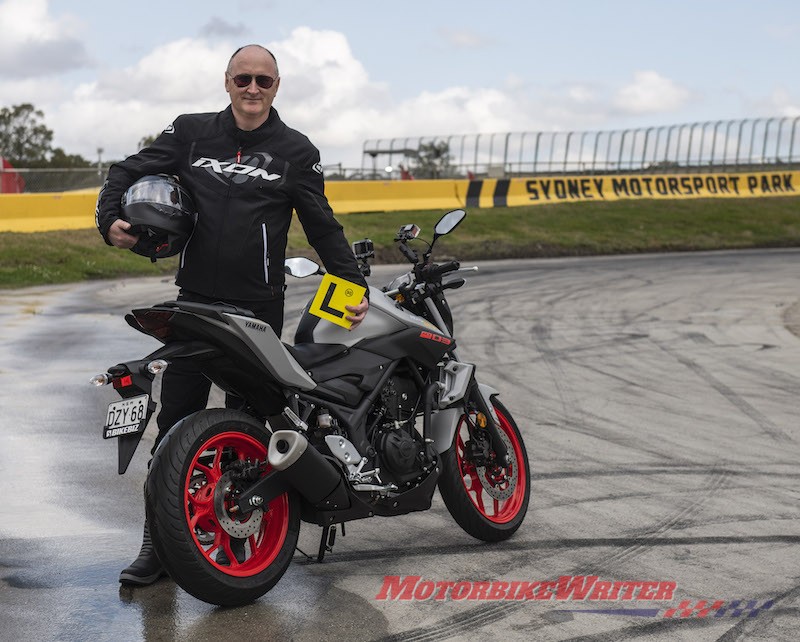Victorian riders who travel 20,000km a year on their new electric motorcycle will have to pay a $500 annual tax.
The state is the second in Australia to introduce a user-pays tax on electric vehicles after South Australia last year became the first authority in the world to introduce a similar scheme.
In many countries the reverse is true where buyers are given tax breaks and other incentives such as free tolls and access to transit lanes in an effort to encourage the uptake of the vehicles.
Critics of the user-pays tax say it will discourage motorists from buying electric vehicles.
The South Australian system has a fixed annual levy on top of their registration as well as a distance-travelled charge, requiring motorists to keep a logbook or provide odometer readings annually, at rego renewal time.
In Victoria, motorists will pay a fixed 2.5c-per-kilometre levy.
NSW and other states are excepted to follow the move to replace existing federal and state road taxes.
Meanwhile the Tasmanian Government’s plans to go 100% electric vehicles for their government fleet by 2030.
Motorists currently pay a fuel excise of about 42 cents a litre, which funds road maintenance and infrastructure.
Electric vehicles avoid the charge even though they use the same roads.
Some say user-pays road funding is a fairer system.
Electric motorcycles have yet to take off in this country with sales of the $50k Harley-Davidson Livewire very slow.

There are a few electric scooters available and Melbourne-based says Savic Motorcycles is launching their production model C-Series.
Company founder Dennis Savic told us “perception plays an important role” in taxing electric vehicles.
Government currently receives 42c/L of petrol or $11 billion a year which goes toward funding road infrastructure and maintenance.
“If everyone moves to electric, the question is how we will pay for new roads and road maintenance?” asks Dennis.
“Implementing a new tax that replaces the old one like-for-like is one solution.”
The Federal Chamber of Automotive Industries Chief Executive Tony Weber says it does not make sense to apply the charge to zero-emission vehicles now “as these technologies are still in their infancy and account for a relatively small portion of vehicle sales across Australia”.
“Right now, Governments should be encouraging the uptake of these technologies with positive policy initiatives particularly around emissions targets, infrastructure development and appropriate incentives for fleets and private consumers rather than introducing charges that potentially reduce the incentive for these customers to buy these vehicles,” he says.

Mr Weber added that a nationally consistent approach to future road user charging frameworks should be introduced to provide clarity and consistency across the country rather than the potential for different approaches across each State.
“There is no doubt that Governments must consider future revenue streams to ensure continuing investment in road and transport infrastructure. The automotive sector is wanting to be a part of those discussions to support positive outcomes driven by efficiency and effectiveness for all stakeholders. However, at current volumes, the funds raised through this proposed legislation will be minimal.
“Until zero and low emission vehicles become more mature technologies, Governments should be avoiding the temptation to subject them to new taxes and charges that impact on their acceptance from consumers.
“Advanced economies across the world are finding ways to encourage and incentivise the introduction of these vehicles rather than introducing charges that are barriers to their market growth.”
Source: MotorbikeWriter.com






























 There is no word yet on when it will be produced, but orders have opened with a $US5000 deposit. Only 100 will be built.
There is no word yet on when it will be produced, but orders have opened with a $US5000 deposit. Only 100 will be built.









 Electric Kawasaki Ninja patent drawing
Electric Kawasaki Ninja patent drawing